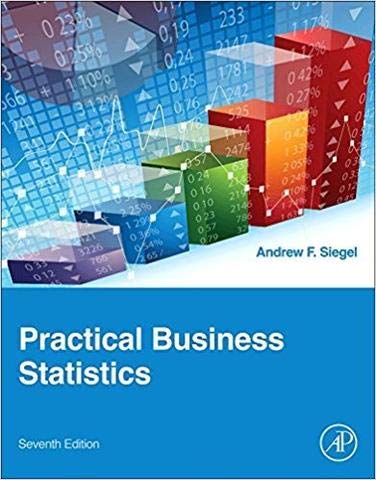Osage Women and Empire: Gender and Power
₱2,077.00
Product Description
The Osage empire, as most histories claim, was built by Osage men’s prowess at hunting and war. But, as Tai S. Edwards observes in
Osage Women and Empire, Osage cosmology defined men and women as necessary pairs; in their society, hunting and war, like everything else, involved both men and women. Only by studying the gender roles of both can we hope to understand the rise and fall of the Osage empire. In
Osage Women and Empire, Edwards brings gender construction to the fore in the context of Osage history through the nineteenth century.
Edwards’s examination of the Osage gender construction reveals that the rise of their empire did not result in an elevation of men’s status and a corresponding reduction in women’s. Consulting a wealth of sources, both Osage and otherwise—ethnographies, government documents, missionary records, traveler narratives—Edwards considers how the first century and a half of colonization affected Osage gender construction. She shows how women and men built the Osage empire together. Once confronted with US settler colonialism, Osage men and women increasingly focused on hunting and trade to protect their culture, and their traditional social structures—including their system of gender complementarity—endured. Gender in fact functioned to maintain societal order and served as a central site for experiencing, adapting to, and resisting the monumental change brought on by colonization.
Through the lens of gender, and by drawing on the insights of archaeology, ethnography, linguistics, and oral history,
Osage Women and Empire presents a new, more nuanced picture of the critical role of men
and women in the period when the Osage rose to power in the western Mississippi Valley and when that power later declined on their Kansas reservation.
Review
“Edwards offers a powerful contribution to the story of the Osage empire through an examination of gender roles and their persistence throughout a critical period of U.S. removal and settler expansion. Historians interested in indigenous history, gender, and settler colonialism will find
Osage Women and Empire useful and thought provoking.”–
Journal of American History
”
Osage Women and Empire skillfully illustrates how incorporating women’s history and attention to gender can enrich and transform our understandings of all kinds of history, often identifying continuities where there seemed only disruption. With its beautiful prose and embedding of gender analysis within clear explanations of Osage and U.S. history, Edwards’s book should be assigned not only in classes on indigenous studies and women’s history but also in U.S. history courses.”–
American Historical Review
“With clarity and grace, Edwards presents a fascinating snapshot of the gender roles played by Osage women and men. This succinct book, suitable for course adoption, will be useful for students of Native American history, women’s studies, and settler colonialism.”—
Missouri Historical Review
“An important new work that refutes the long-standing false stereotype of the male domination and abuse of women in Plains warrior societies. Edwards restores Osage women to their rightful place in an egalitarian, non-hierarchical indigenous system in which they were respected and essential participants in every aspect of Osage life while providing new insights regarding Osage resistance to, and selective adaption of, white norms under US colonialism. Important reading for students of indigenous history, women’s studies, and settler colonialism.”–
Donna L. Akers, author of
Living in the Land of Death: The Choctaw Nation, 1830-1860
“In her comprehensive analysis of gender roles throughout a critical period in Osage history, Tai S. Edwards demonstrates how attention to a Native American nation’s deeply held beliefs in complementarity, autonomy, and balance allows us to understand indigenous resilience to colonization. Edwards does not simply add women to the story of the Osage e












